That title should actually read: “Current Conditions May 2013, Vivian Creek Trailhead to San Gorgonio Summit to Jepson Peak”, but that’s way too long. Long time readers of this blog know that there are three mountains I climb on a yearly basis – Mt. Whitney, San Gorgonio, and San Jacinto. The reason I climb these mountains yearly? Well, number one, I don’t need a reason, and number two, if I needed a reason, my reason is that I like mountaineering. But, if I’m being serious, the truth of the matter is that they are the three largest peaks closest to me, and I like to get out on the “larger” mountains. While climbing these mountains never gets old for me no matter how many times I’ve done it, what does get old is writing trip reports with the same or close to the same trip conditions. With respect to Gorgonio, there’s not much I can tell you right now that I haven’t already told you in past years trail reports (See 2012, 2010); and if you feel you really need more information on the mountain, I suggest you read them.
White Mountain
Directions: The trail to White Mountain is located at the end of the aptly named White Mountain Road. I talked about directions to the Schulman Grove last week here, and these directions would get you to the trailhead of White Mountain, as all you have to do is follow White Mountain Road to the end. As I said last week, White Mountain Road from the Schulman Grove on is unpaved, and is sometimes in poor condition due to either snow or ice. While it is not a far distance from the Schulman Grove to the trailhead, chances are that the road conditions will prevent you from arriving there quickly. I would allow forty-five minutes to an hour of driving from the Schulman Grove to the Barcroft Station. Even though this section of the road is short, don’t feel like you’re in a rush – this is an interesting drive, and one with many beautiful things to look at as you head down the road.
Ancient Bristlecone Pine Forest
Although California has its share of natural - and unnatural disasters, it also has some of the greatest biodiversity present on the planet; and some of the most impressive examples of biodiversity are the types of trees present in California. California has the world's tallest tree; and the world's largest tree (the General Sherman). California also has some of the world's oldest trees, Bristlecone Pines, which are also the oldest trees in North America. The largest concentration of Bristlecone Pines can be found in two spots in the White Mountains of California, in the Schulman and Patriarch Groves of the Inyo National Forest.


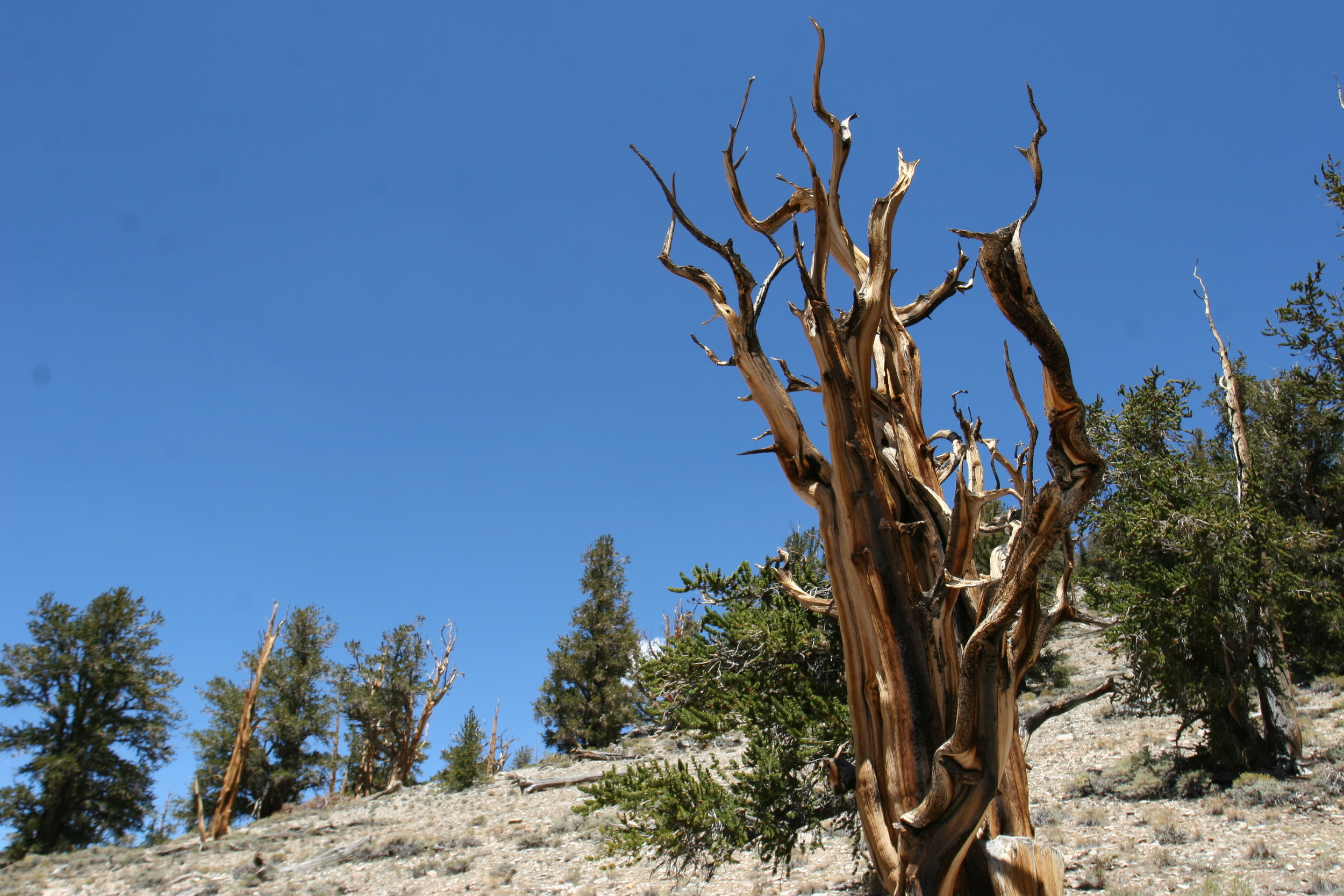
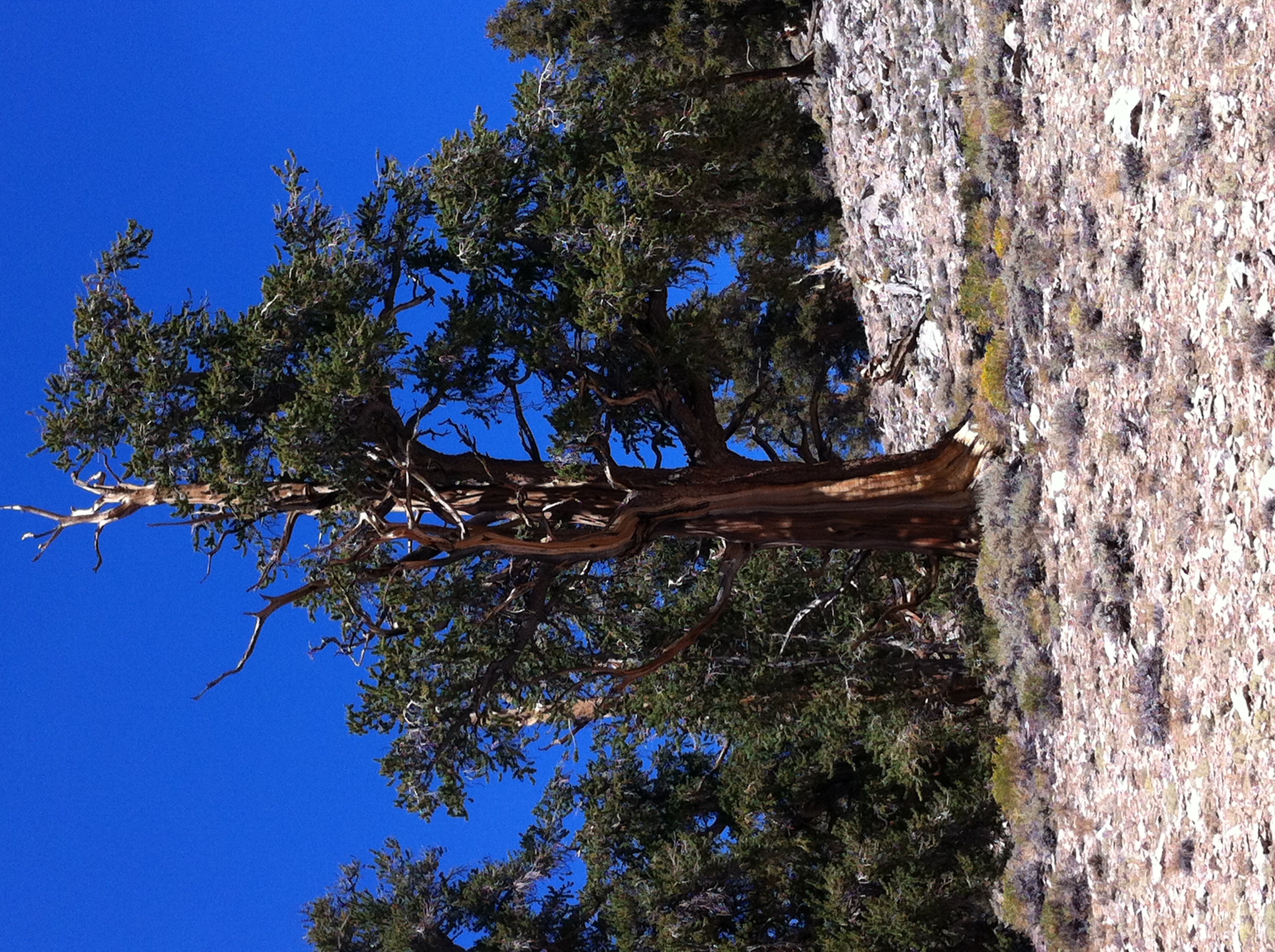
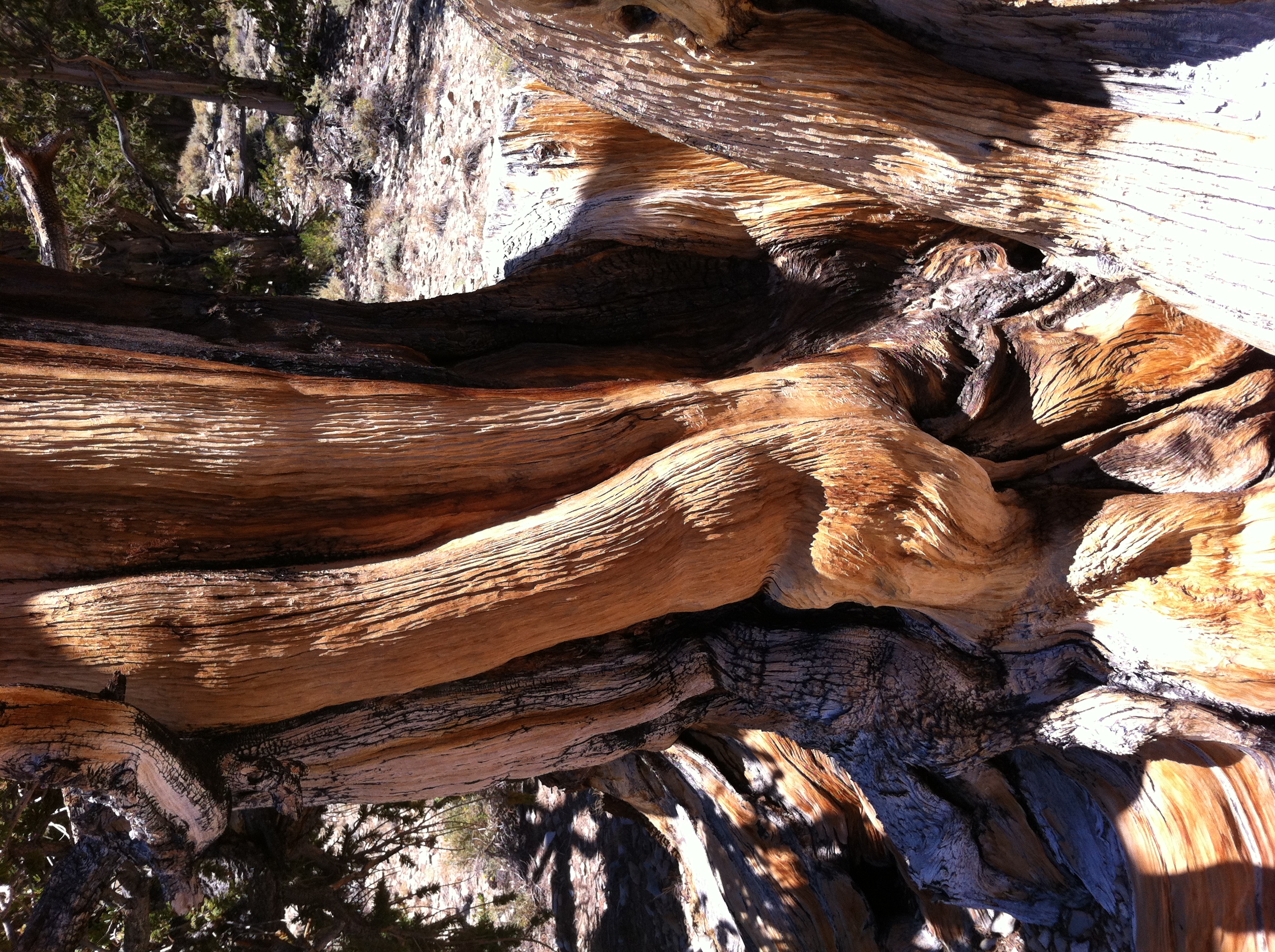
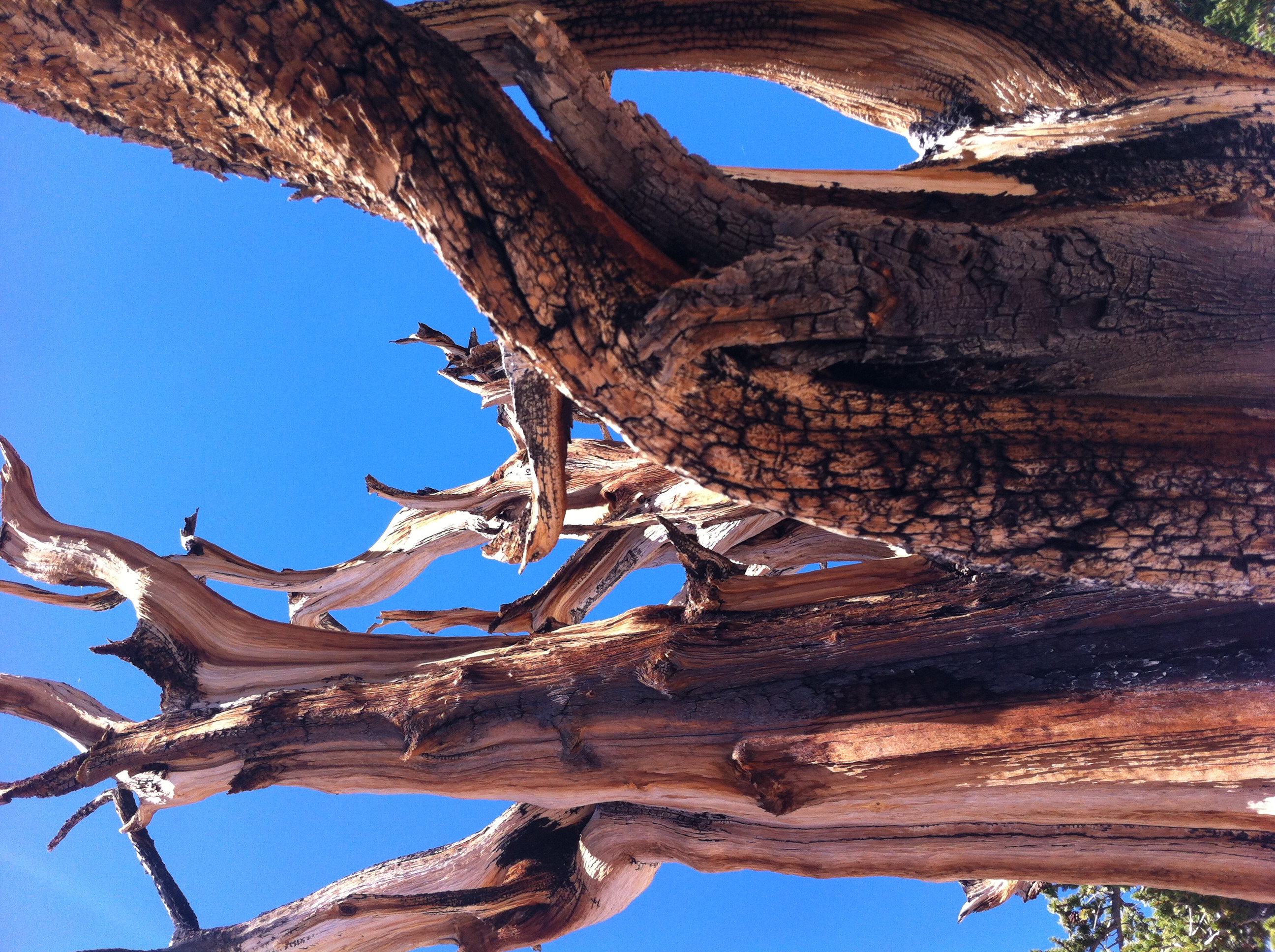
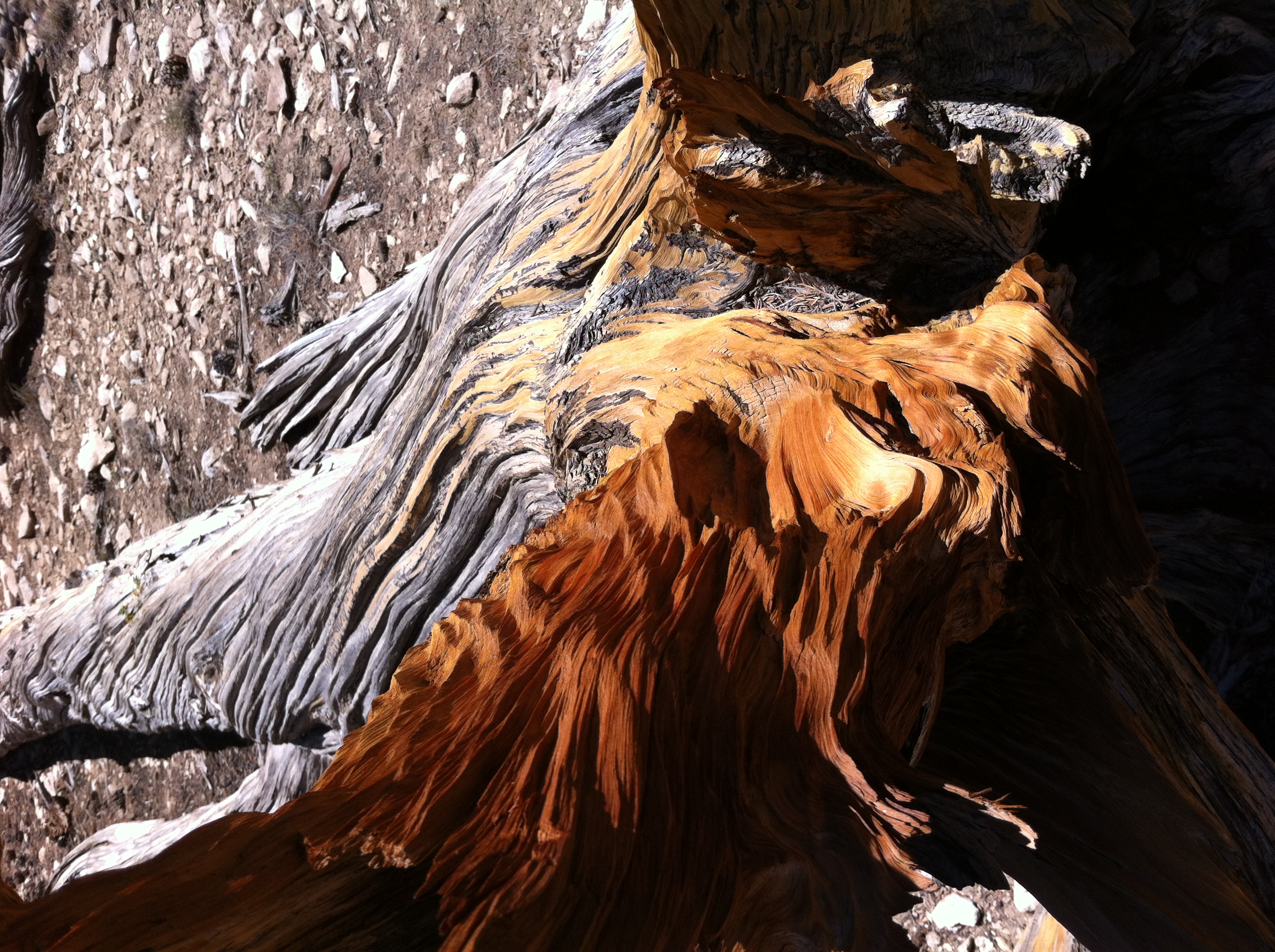
Directions: The Ancient Bristlecone Pine Forest is located in the White Mountains, which is a remote area of California. The Forest Service, which manages the Ancient Bristlecone Pine Forest has provided some great directions here to Schulman Grove. From Schulman Grove, it is another twelve miles on a graded gravel road to Patriarch Grove. Before you go, however, you should know couple things about the White Mountains: 1) While the total distance from Big Pine to the Schulman Grove is only 23 miles, the roads are single-lane, windy mountain roads. This means that even under ideal conditions, it is about an hour drive one way; 2) The White Mountains are high – quite high, over 9,000 feet, topping out at White Mountain, which is over 14,000 feet. A majority of the White Mountain Road is above 6,000 feet, which means that during a large portion of the year, part, or all of the road is inaccessible, as it is covered with snow and ice. In particular, the road from Schulman Grove to Patriarch Grove and beyond to the Barcroft Station is usually inaccessible and unplowed well into June or July of most years. While these conditions are great for snowshoeing or cross country skiing, they are not good for driving; 3) While the White Mountain Road from Schulman Grove to the Patriarch Grove is graded, it is unpaved. The conditions on that road vary depending on the season; and on when the Forest Service has graded/conducted repairs upon it. While it is passable at times in a regular car, at times AWD or 4WD is required. Depending on the season, judge the conditions accordingly before setting out in your car, as the area is quite remote, and does not have cellular coverage.
The Schulman Grove has an interpretive trail that winds through some of the Bristlecone Pines, the Methuselah Loop Trail. The trail is named for the oldest bristlecone pine, Methuselah, which is over 4,700 years old. It can be difficult to judge a large amount of time like this, so to put this accomplishment in layman's terms, this tree sprouted while the Egyptians were still constructing the pyramids. This tree has lived through the major events of the human race; and has had to survive the climactic changes that have passed through the White Mountains on a yearly basis, from droughts to storms, as well as insects, fires, and the occasional earthquake. If that isn’t amazing, I’m not sure what is. Then again, if you don’t find it amazing, maybe you don’t like trees – or history – or both.
The 4.5 mile long loop trail begins at the Schulman Grove parking lot. Although the trail is relatively flat, with only 800 total feet of elevation gain, it starts at an elevation of just over 10,000 feet. Because of the high elevation, this hike can be difficult for people who have traveled to the Schulman Grove for a day, even though it is not a challenging hike based on the mileage. For purposes of perspective, Big Pine is 3,989 feet elevation; so a day visitor will gain some 6,000 feet in a matter of hours if they head up to the Schulman Grove by car. In my opinion, even if you do not want to hike the entirety of the trail, you should hike a portion of the trail, as it allows you to experience the desolation that these trees have survived and thrived in for thousands of years; and it also allows you to get up close and personal with some of the living organisms on the planet, meaning that you can see the what the effects are of hundreds of years water, wind, and sun on the trees. For visitors that have the time, the Patriarch Grove is located twelve miles to the North of Schulman Grove on the unpaved portion of the White Rim Road.
Trivia. Out of the three unique trees in California - tallest, oldest, and largest, only the General Sherman (the largest) is known and readily accessible to the public. The tallest tree is unmarked, and hidden somewhere in Humboldt State Park, and Methuselah, the oldest bristlecone pine has also received the same treatment from the Forest Service.
Poetry about Bristlecone Pines (Not written by me). I grow in dolomite soil/facing harsh elements./My thoughts live for thirty years/with minimal nutrients./Your wild fires will consume me,/but I grow in spite of you./My bark is decimated,/Yet I will weather it through./Strong winds spread innuendos/of weakness, sickness and death./But winds do not contemplate/what inspires my current breath./The forest seems so clueless/in assuming I am dead./I am not dead already,/I am already dead.
Climbing Mt. Shasta: Avalanche Gulch Route & Directions
So, you want to climb Mount Shasta? Be warned, like anything else in life, it is a task fraught with perils, challenges, and heartbreak. But, like anything else in life, should you have the mental fortitude to address each of these tribulations, you will be rewarded with an enormous sense of accomplishment and the glory of a fine view. Whether Mount Shasta is the first major mountain you are attempting to summit, or the thousandth peak you have bagged, in my opinion, your best chance of reaching the summit is the tried-and-true Avalanche Gulch route. Full disclosure: the Avalanche Gulch route is the most popular route on the mountain, bar none. But let’s pause for a second here: there’s popular routes like the Mt. Whitney Trail, which have a packed lottery system and actual hordes of people on the trail; and there’s popular routes, which just mean that it’s the best and quickest route to the summit.
Corte Madera Mountain
Corte Madera is a granite mountain in the Eastern portion of San Diego; and at 4,657 feet, it has a great view of the surrounding countryside. This is one of my favorite hikes in San Diego County because it’s not well traveled, and because it passes through a number of beautiful areas on the way to the summit. And, as I discovered the last time I climbed it, its register is a good look back to the past, as it contains notes from the last several years.





